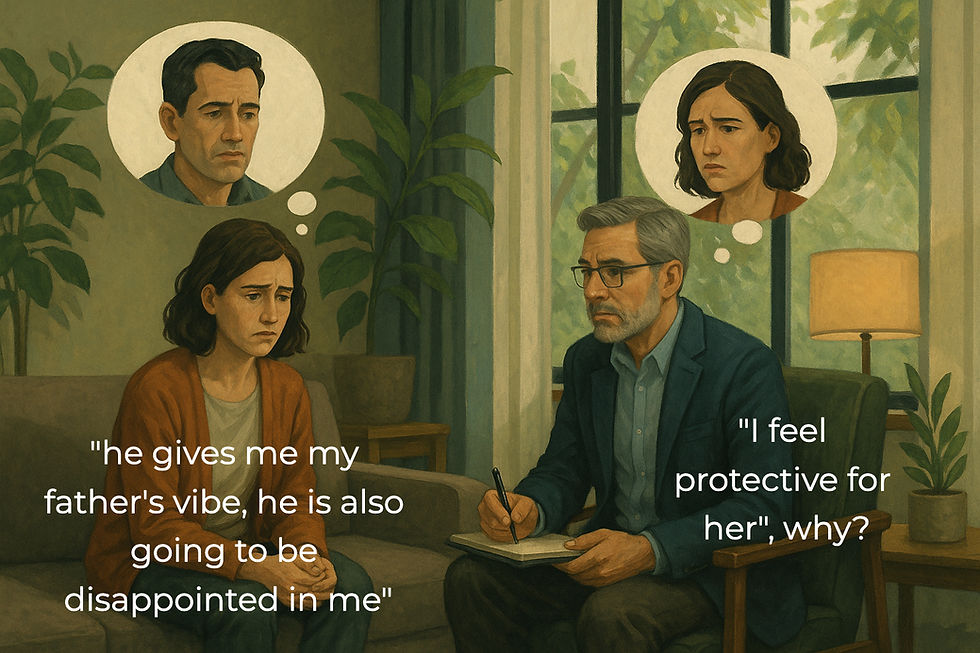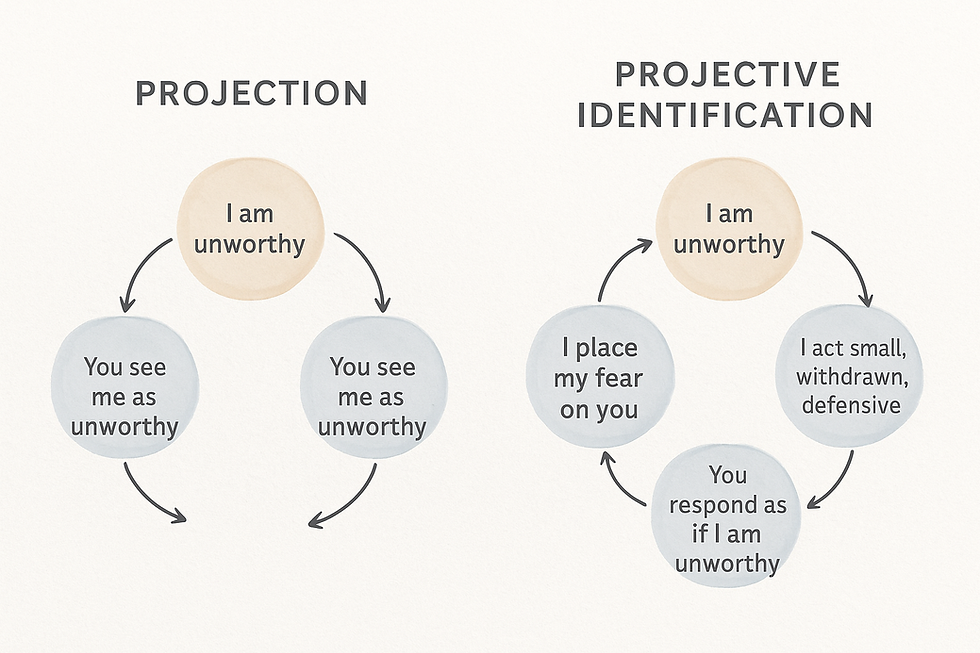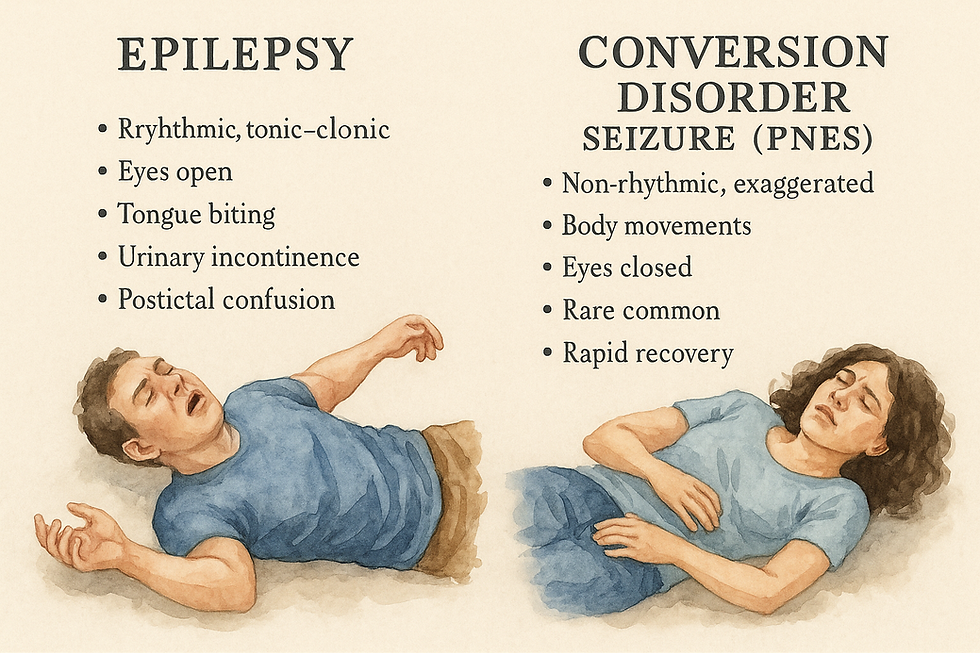Transference and Countertransference
- Sep 4
- 3 min read
Updated: 3 days ago
Therapy is not just about talking. It’s also about what happens in the invisible space between two people. Sometimes, my clients react to me in ways that have very little to do with me as Parita. Instead, they are seeing their past, their parents, or their deepest fears reflected in me. And sometimes, I notice myself reacting more strongly to a client than I expected — almost as if they are reminding me of someone I’ve known before. These invisible dynamics are called transference and countertransference.

Who Coined the Terms?
Transference:
Sigmund Freud first described it in the early 1900s. He noticed patients unconsciously redirected feelings for important people in their past (like parents) onto him.
Countertransference:
Originally, Freud saw it as the therapist’s “blind spot” — unresolved issues stirred up by the patient. Later, psychoanalysts like Paula Heimann reframed it as a valuable tool, not just an obstacle.
What They Mean in Simple Language
Transference: When a client unconsciously “transfers” feelings from past relationships onto the therapist.
Example: A client feels abandoned when the therapist goes on holiday, echoing childhood abandonment.
Countertransference: The therapist’s emotional reaction to the client.
Example: A therapist feels overly protective of a client who reminds them of a younger sibling.
Why Is This Beneficial?
These patterns are not accidents — they are opportunities. They show up because therapy is a safe place where old wounds get replayed.
For clients: Transference gives them a chance to see how past experiences color present relationships.
For therapists: Countertransference can be a compass, pointing to what the client may be unconsciously communicating.
When handled carefully, both become mirrors: they reflect what is unspoken, hidden, or too painful to express directly.
Ways to Use It in Therapy
Notice Without Judgment
Example: “I sense you’re frustrated with me today. Could this remind you of someone else in your life?”
Name the Pattern
Transference is not exposed to shame, but gently illuminated.
Example: “It feels like I became your father in this moment — strict, withholding. Can we pause there?”
Use Countertransference as Data
Therapists can ask: “Why am I feeling this protective, irritated, or helpless?”
Sometimes the answer reveals what the client is silently asking them to feel.
Repair the Relationship in Real Time
A rupture caused by transference (anger, idealization, disappointment) becomes practice for healthier relating.
Therapy becomes not just talking about relationships, but living them out safely.
Example Dialogue
Client (transference):“You don’t really care about me. You’re probably just waiting for this to be over, like my father always did.”
Therapist (noticing countertransference):( feels a wave of guilt and a sudden urge to prove care, almost like they’re failing the client)
Therapist (naming it gently):“I hear that you feel I don’t care, and it sounds very similar to how you felt with your father. I notice inside myself an urge to prove I do care. Maybe this is the space where we can look at that old wound together.”
Breaking It Down Simply
Transference: The client is seeing the therapist through the lens of past experiences (father who didn’t care). The fear of being dismissed is transferred onto the therapist.
Countertransference: The therapist feels strong emotions in return (guilt, urge to rescue), which are not purely about the present client but also stirred from their own inner world.
Healing Moment: By noticing and naming it, the therapist doesn’t fall into the old script. Instead, the therapist and client look at it together, creating a new experience — being heard instead of dismissed.
Simplest Way to Remember
Transference = Client’s past shows up in the room.
Countertransference = Therapist’s inner world gets pulled in.
Healing = When both notice the mirror, not just the reflection.
Closing Note
I see transference and countertransference as the heartbeat of therapy. They are not problems to be feared, but living guides. When a client projects, when a therapist feels more than they expected, it's a crucial note for "therapist self", — that’s where the real work begins. In those moments, therapy becomes a mirror: one person’s history reflected, another person’s humanity responding. If we can pause, notice, and stay present, these mirrors can transform old wounds into new ways of being.




Comments